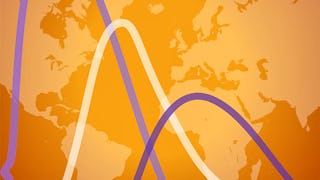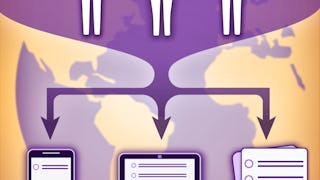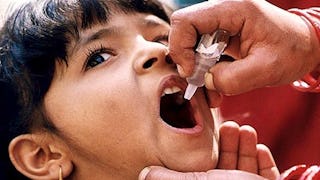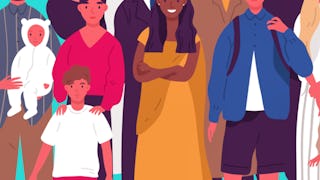In this course, you will learn about the role and importance of civil registration and vital statistics (CRVS) systems that are used to track birth, death, and life events. Experts from around the world will explain what CRVS systems are, how they are used, the legal bases for registering vital events, and challenges experienced with CRVS systems. You will learn about how CRVS data can be used to inform population-level decision-making, including around specific methods such as medical certification of cause of death (MCCOD) and verbal autopsy, and the application of a gender and equity lens to data systems to ensure they are responsive to the needs of populations. Our overarching goals for the course are to support the collection of country-level death and birth data, to improve the use of data to inform policy priorities, track trends, and plan interventions, and enhance monitoring of major risk factors for early death, especially from noncommunicable diseases.


您将学到什么
Define the importance of CRVS and the challenges associated with collecting data on birth, death, and cause of death.
Explain the core functions of civil registration and vital statistics, as well as the formats in which they are implemented.
Consider how to strengthen CRVS and address data quality issues, using cause of death interventions as an example.
Understand the importance of using equity and gender-transformative approaches to CRVS to ensure that everyone is counted and no one is left behind.
您将获得的技能
要了解的详细信息

添加到您的领英档案
12 项作业
了解顶级公司的员工如何掌握热门技能

该课程共有2个模块
涵盖的内容
10个视频2篇阅读材料6个作业2个讨论话题
涵盖的内容
6个视频3篇阅读材料6个作业1个讨论话题
从 Public Health 浏览更多内容
 状态:免费
状态:免费Johns Hopkins University
 状态:免费
状态:免费Johns Hopkins University
 状态:预览
状态:预览Johns Hopkins University
 状态:免费试用
状态:免费试用University of Michigan
人们为什么选择 Coursera 来帮助自己实现职业发展




常见问题
To access the course materials, assignments and to earn a Certificate, you will need to purchase the Certificate experience when you enroll in a course. You can try a Free Trial instead, or apply for Financial Aid. The course may offer 'Full Course, No Certificate' instead. This option lets you see all course materials, submit required assessments, and get a final grade. This also means that you will not be able to purchase a Certificate experience.
When you purchase a Certificate you get access to all course materials, including graded assignments. Upon completing the course, your electronic Certificate will be added to your Accomplishments page - from there, you can print your Certificate or add it to your LinkedIn profile.
Yes. In select learning programs, you can apply for financial aid or a scholarship if you can’t afford the enrollment fee. If fin aid or scholarship is available for your learning program selection, you’ll find a link to apply on the description page.






